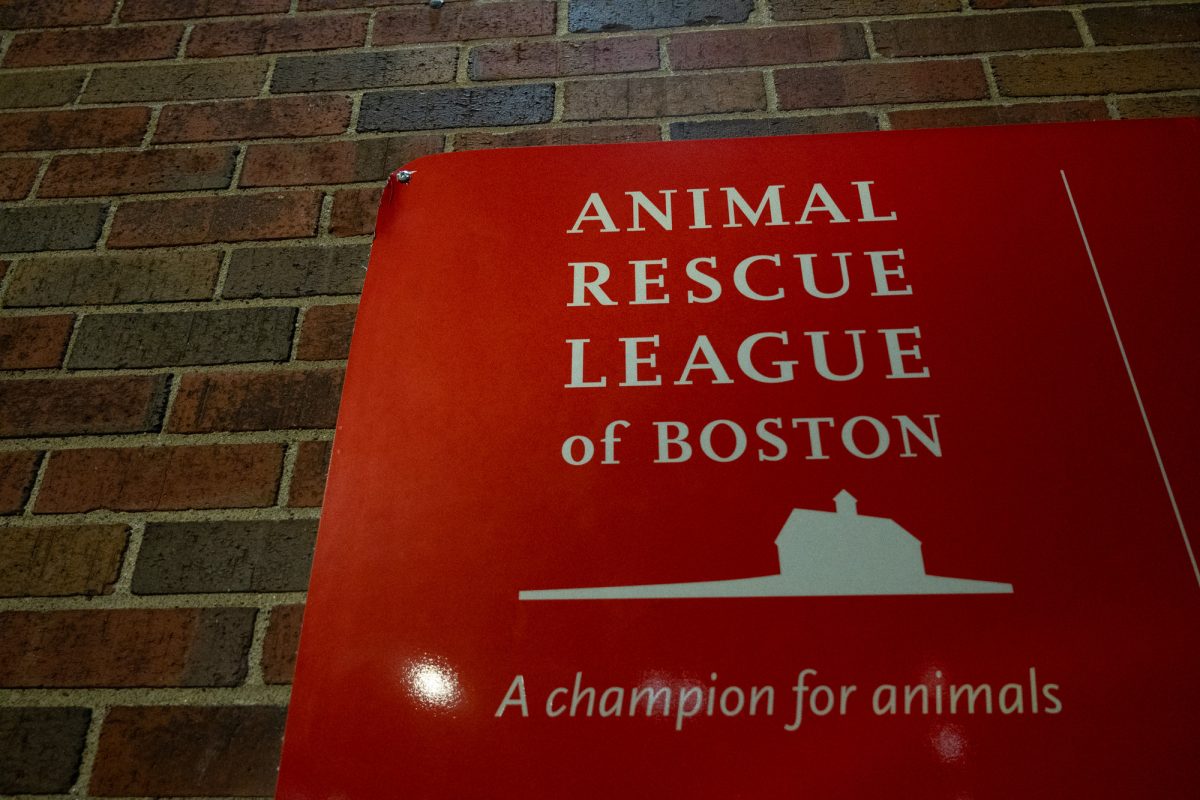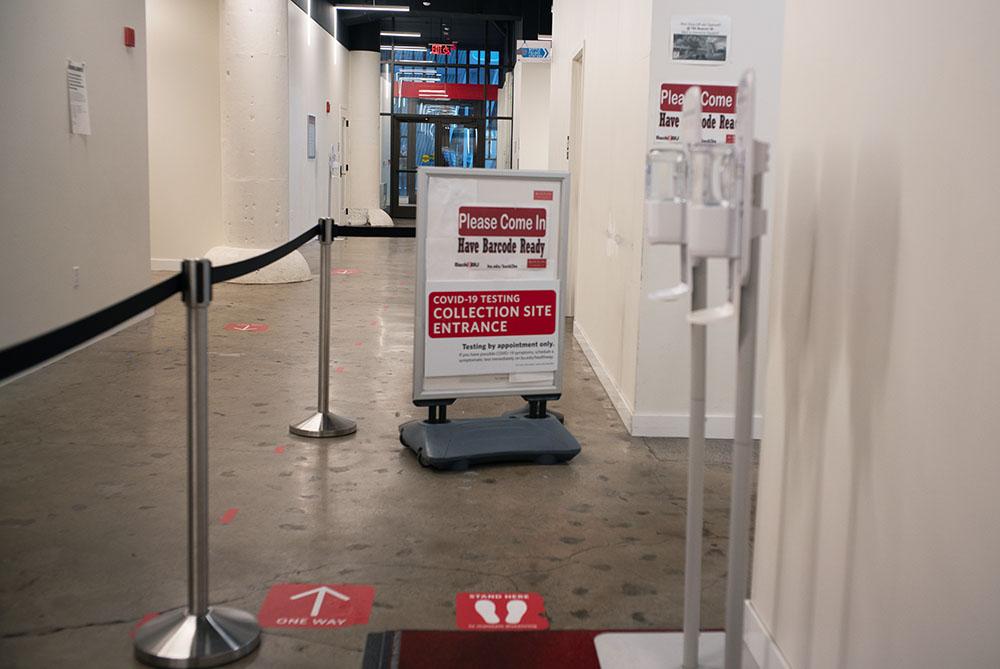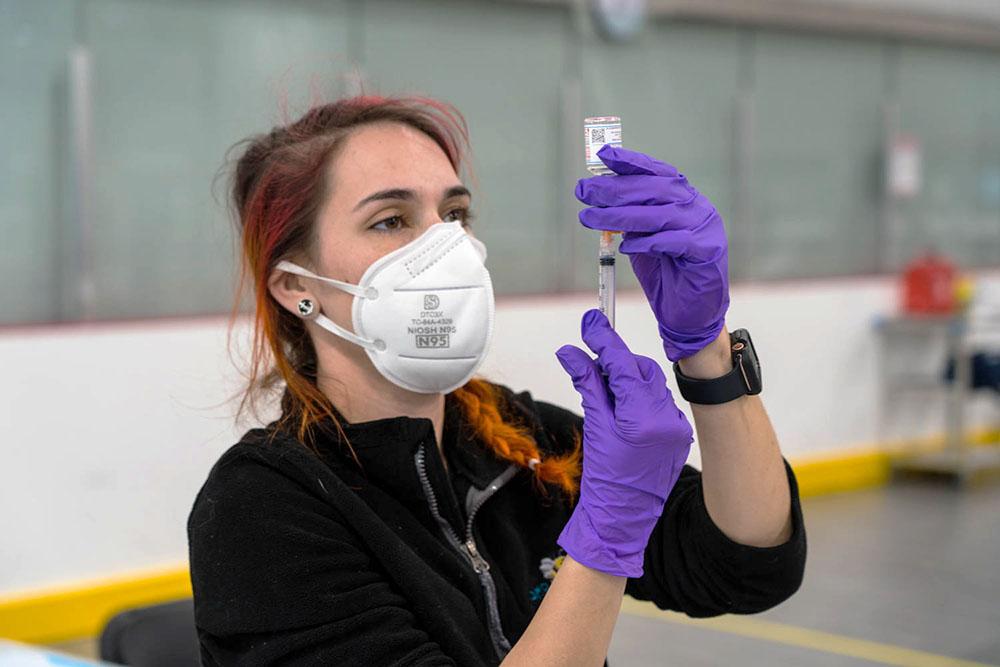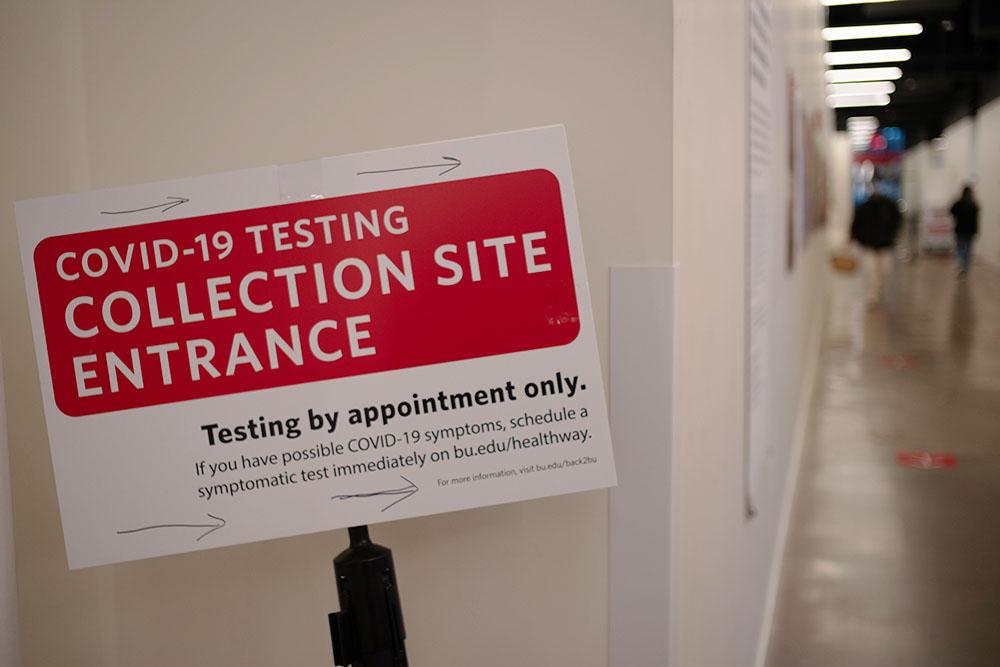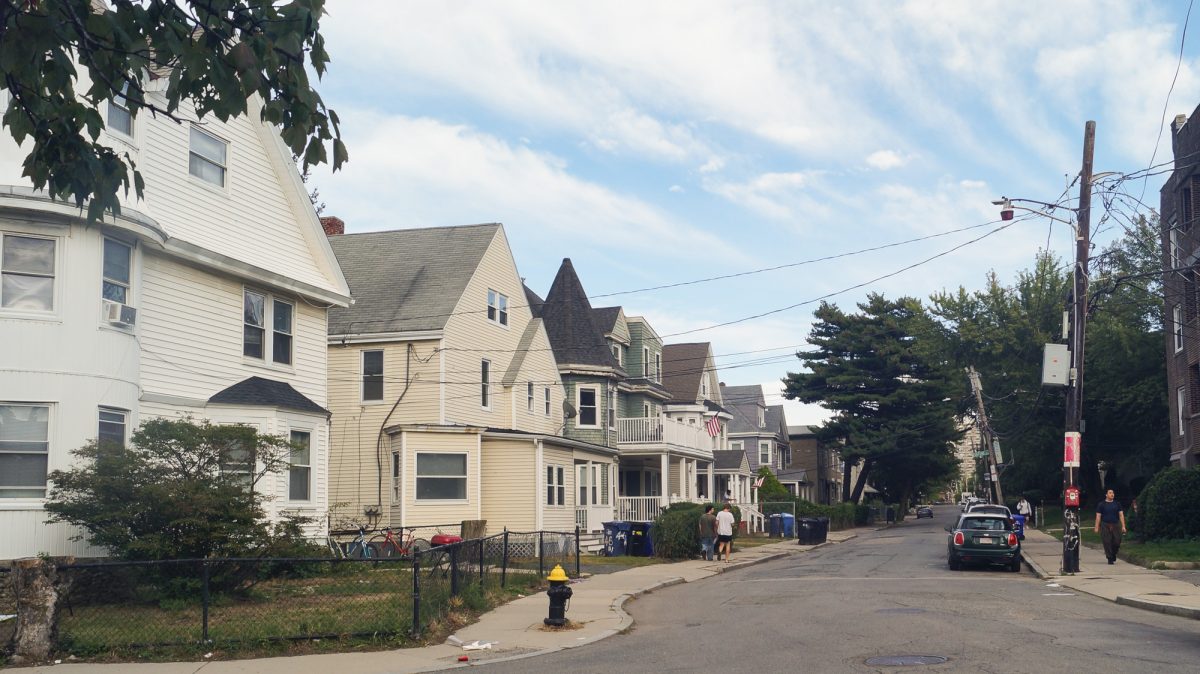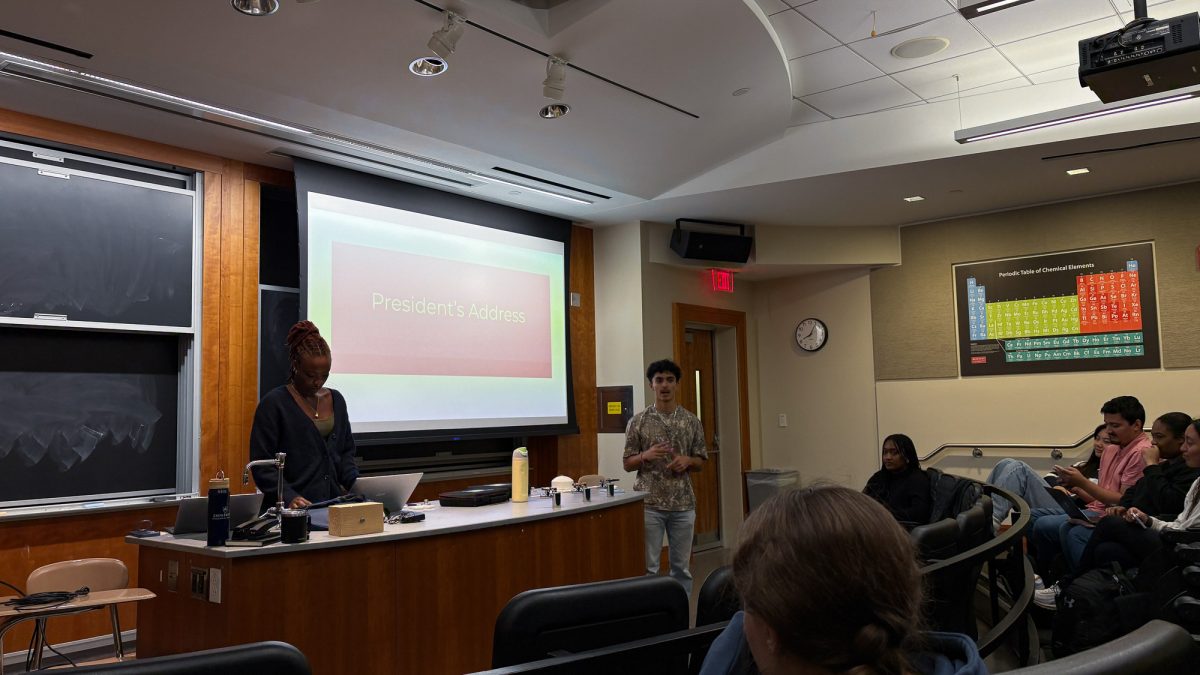Boston’s 125 public schools returned to in-person learning for high-priority students Thursday — allowing students with disabilities, those learning English and those experiencing homelessness back into classrooms for the first time this year.
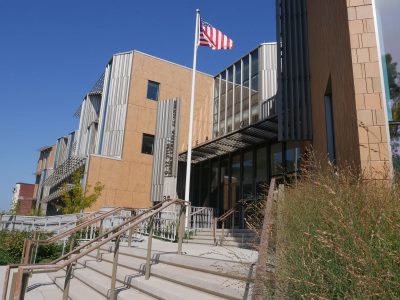
The move comes almost a year after the outbreak of COVID-19 in Boston, which forced schools to transition mostly to remote learning.
“The basic idea is that there are some students whose particular situation … puts them in special vulnerability vis-à-vis education,” said Kevin Murray, the executive director of Massachusetts Advocates for Children. “It’s understood that in-person education services for these students are particularly important.”
Murray added that MAC — an advocacy organization focused on education inequities — has been pushing for BPS to prioritize “high needs” students for months.
“Many of these students are receiving special services that are almost impossible to deliver remotely,” he said. “In many cases, the district has decided it just can’t possibly deliver those services remotely.”
That shift to remote learning, Murray said, has been uniquely difficult for students experiencing homelessness and may be without shelter during the day or privacy at night.
“You can imagine trying to do your remote classes in a homeless shelter,” he said. “So you didn’t have any secure place where you knew you would be able to sit down and give relative attention to what was going on on the screen.”
Students classified “high priority” by BPS also include those with disabilities that require separate or inclusion classrooms, level one and two English learners, students in the care of the state, those with limited or interrupted educations and individuals identified as needing additional support.
High-priority students now have the option to attend school in-person four days a week, going remote on Wednesdays so the buildings can be sanitized.
Originally, high-priority students were scheduled to return to in-person instruction Monday, but the date was pushed back after Mayor Marty Walsh declared a snow emergency beginning Monday at noon.
The Thursday return to in-person instruction is part of a larger plan to return all BPS students to in-person classes by April.
Kindergarten through third grade students will have the option to attend classes in-person two days a week starting March 1, with the option extended to grades four-eight two weeks after and grades nine-12 two weeks after that.
“It’s been a huge strain on the students and on the families, and we’re now talking about almost a year of it, right?” Murray said. “Almost a full school year of remote education.”
Kerry Pike, 44, is one such parent who’s felt the strain of remote education. Her 7-year-old son Jacob currently attends East Boston Early Education Center and returned to in-person classes Thursday.
Before moving to Boston in May of last year, Jacob was due to be screened for ADHD, but the onset of the pandemic prevented it from taking place, Pike said.
“The first day of school fully remote was very, very difficult,” Pike said. “He needed constant attention and redirection, and by the end of the day, I was in tears.”
When the opportunity arose to return Jacob to in-person instruction, Pike decided it was worth the risk, especially since both she and Jacob contracted COVID-19 in December and Jacob didn’t experience any severe symptoms.
“Even if we didn’t get COVID in December, I would still be sending him back just because he needs interaction,” Pike said.
The move toward in-person education may actually lower the risk of COVID-19 for some students, especially those experiencing homelessness, said Paul Beninger, associate professor of public health and community medicine at Tufts University.
For students with disabilities, he added, staying home presents additional risks stemming from a lack of socialization.
Despite this, Beninger said the volatility of the pandemic makes planning difficult.
“The situation could change tomorrow for any number of reasons,” Beninger said. “There could be an outbreak somewhere that totally changes the dynamics.”
He added that the pooled tests used by BPS — in which multiple samples are tested at once to expedite the process — are a “major innovation,” and vaccinating teachers is a good idea.
“About 90 percent of our Boston school police have been vaccinated, and also our school nurses are being vaccinated this week,” said BPS Superintendent Brenda Cassellius during a community meeting last week.
BPS also plans to routinely test in-person teachers, students and staff.
K-12 teachers are not yet eligible for the COVID-19 vaccine in Massachusetts, unless they qualify due to age or underlying health conditions.
Lea Serena, a second grade teacher at Mather Elementary School in Dorchester, was one of many teachers who returned to in-person instruction Thursday.
“Honestly, if it was up to me, and I ran the world, schools would have been open before anything else,” Serena said.
Serena said she initially had trouble adjusting to remote education, especially while teaching younger and high-priority students.
“Even now, a year later, I still sometimes feel like I’m a brand new teacher,” Serena said. “It’s definitely been a struggle.”
Serena is also a Boston Teachers Union representative, and along with the organization she has fought for months to safely transition students back to in-person instruction.
When Serena returned to Mather Thursday, five of her high-priority students returned with her, though she found simultaneously teaching them and her 16 remote students difficult.
“I had a student who was like, ‘Ms. Serena, today was a long day,’” she said, laughing. “And I was like, ‘I know it was.’”






















































































































